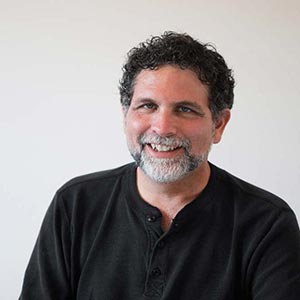I am currently beginning to study the work of the philosopher John R. Searle especially his work on how social reality is created. He starts from the fact that there are many things that are real only because we agree that they are real. These constitute the social world that we live in. The word world here I would say is being used in the more phenomenological sense that as can be found in the writings of the German philosopher Martin Heidegger. Heidegger pointed out that what we commonly call “the universe” or “nature” is not the world as we actually experience it. Heidegger made a distinction between the concept of “universe” and the concept of “world.” To state the point briefly, the universe represents the domain of objects alone while the world is made up of objects that have meaning and significance associated with them. Heidegger illustrates this point with the example of a hammer. A hammer is not merely an object in the universe; it is a tool in the world. In the universe it is a meaningless wooden shank with a shaped piece of metal on one end. Put that same object in a world of human meaning among people who can recognize it and it becomes a hammer that is known to be used to embed nails into wood, and build houses. The world in this sense is made up of objects infused with meaning and significance. The objects of the world do not have to be only physical of course; ideas, emotions and activities are also objects that become infused with meaning and significance in the world.
Look around you, everything you see is drenched in layers upon layers of meaning and significance. The cup on my desk is a tool for holding hot coffee. Coffee is a drink that I need in the morning so that I can feel awake at the start of the day. Coffee is made from beans that are grown and produced in tropical regions throughout the world. This particular cup was given to me by my brother on my birthday. A birthday is the anniversary of the date of my birth and it is celebrated as part of the recognition of surviving to grow older and more mature. You could go on and on and on. Any object in the world is connected to a web of meaning. What Searle refers to as the background of meaning without which the social world would not be intelligible to us. The way that we make meaning out of objects, thoughts, feelings and activities is what Heidegger referred to as our way of being-in-the-world.
What I intend to study more (and report about here) is what is referred to as social reality. Social reality is that part of reality that only has meaning and significance because we agree that it does. A hammer is just a wooden shank and a piece of metal until we agree that it is functionally a hammer. A more complex example of a social reality is money. A paper bill only has the power to be exchanged for goods because we all agree and abide by an agreement that it does. The paper as paper is real, but the value it has as money has to be agreed upon. We are immersed in social realities of all types. So much of what we find valuable, pleasant, disagreeable or negative we experience as such because of conscious and unconscious agreement about how things should be. These social attitudes are built into the structure of our perceived reality. They are built into our institutions, arts, habits, practices, language and our own actions and the actions of others are to a much greater extent than we might imagine the direct consequence of social norms and agreements.
